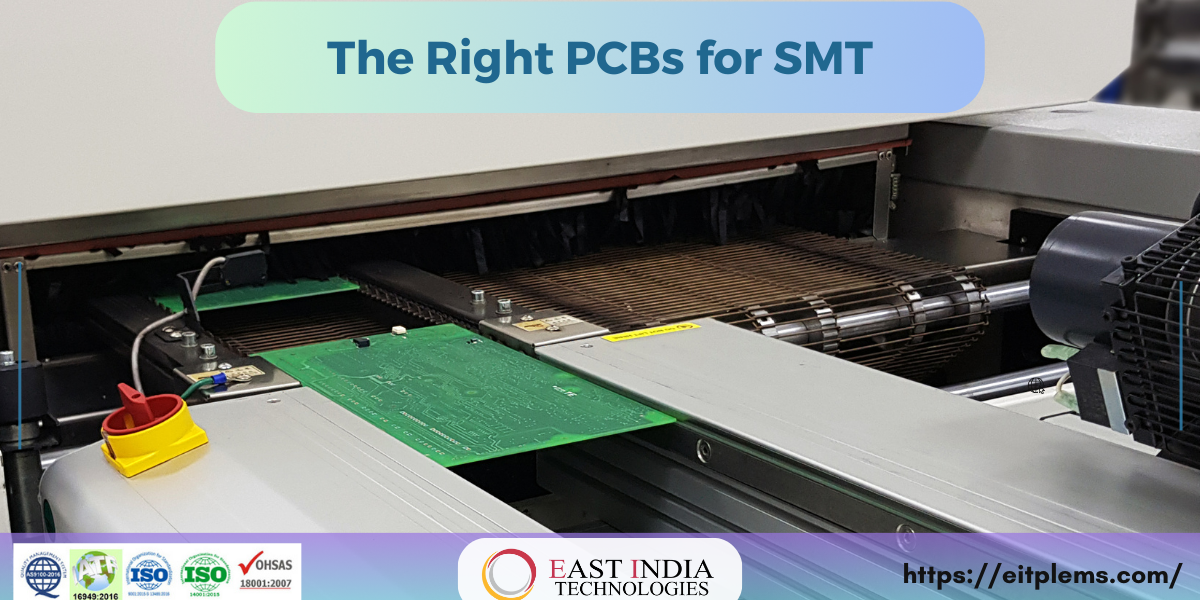In this era, there is no imagining electronics without Printed Circuit Boards. PCBs are like the heart & brain of all the electronics. As we know, PCBs have many other electronic components mounted on it & the most commonly used processes are THT & SMT.
Surface Mount Technology (SMT) is a more complex technology compared to THT. Hence, the PCBs to be used for SMT must be chosen/selected in the right manner. Failing to do so would result in a multitude of errors. So, in this article, we will describe what factors need to be considered for selecting the right PCBs for SMT.
Printed Circuit Boards for SMT:
PCBs to be used for Surface Mount Technology (SMT) processes need to be chosen wisely taking into consideration various factors such as CTE (Coefficient of Thermal Expansion), cost, dielectric properties and Tg.
The sort of SMD components that would be utilized largely dictates the PCB material choice when it comes to building a surface mounting board (or PCB board for SMT). Solder connections often fracture after 100 cycles of use in any electronics manufacturing or PCB assembly facility whenever leadless ceramic chip carriers (LCCC) are installed on printed circuit boards composed of glass epoxy substrates. The CTE difference between the ceramic package and the glass epoxy substrate is what causes the extra stress. Hence, poor PCB selection for SMT might result in solder joint cracking issues.
Dealing with solder joint cracking issues:
Solder joint cracking issues can be handled in one of three ways:
- By using a substrate with a suitable CTE;
- By using a top layer substrate that complies;
- By switching from leadless ceramic packages to ones that include lead.
Glass epoxy is the substrate that is most frequently used for SMT printed circuit boards. When applied on plastic surface mount packages, there are no issues with CTE compatibility. Although this only offers the answer for business-related uses..
The most commonly used substrate for PCBs in military applications is one with a CTE value compatible with that of the ceramic packages that has been specified. Each PCB substrate option has its own advantages and disadvantages. Designers need to carefully balance the constraints of cost with reliability and performance needs. In addition, solder masks and hole sizes on the PCBs for SMT should be selected carefully as well.
Conclusion:
Considering the various factors listed above in this article, one can choose the most efficient PCBs for their specific needs. If you happen to be looking for SMT, AOI, PCBA or EMS services, then reach out to us at info@eitpl.com . We are East India Technologies Pvt Ltd (EITPL), one of the leading EMS companies in India.
East India Technologies PVT LTD is an AS 9100, ISO 13485, IATF 16949, ISO 9001, ISO 14001, IPC 610, IPC 6710 and OHSAS 18001 certified company having their manufacturing facilities at a strategically low-cost yet efficient location in Greater Noida, Delhi NCR, India.








